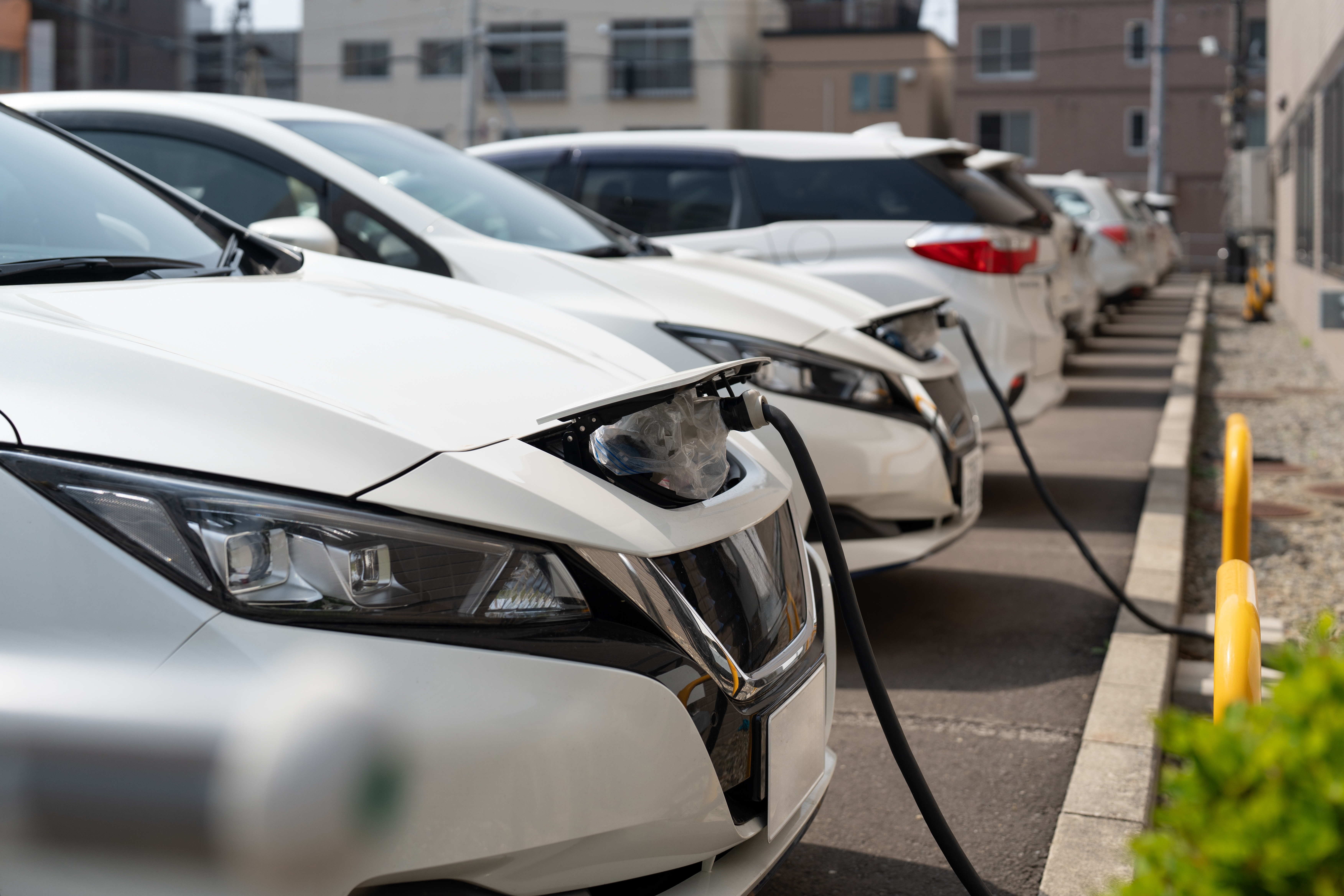Exploring E-Scooter Sales Trends in Belgium
The rise in popularity of electric scooters in Belgium, where residents are switching to environmentally friendly transportation solutions. This shift to electric scooters highlights their role in increasing mobility while reducing congestion and emissions in cities. As more adults choose this environmentally friendly alternative, it becomes important to understand the implications and wider benefits associated with this change.

How has the e-scooter market evolved in Belgium?
The e-scooter market in Belgium has undergone rapid transformation since its introduction. Initially met with skepticism, e-scooters have now become a common sight in major Belgian cities such as Brussels, Antwerp, and Ghent. The market has seen a steady increase in both personal ownership and shared e-scooter services. This growth can be attributed to improvements in e-scooter technology, increased awareness of sustainable transportation options, and supportive government policies aimed at reducing carbon emissions in urban areas.
What factors are driving e-scooter sales in Belgium?
Several key factors contribute to the rising e-scooter sales in Belgium. First, the country’s dense urban areas and relatively short commute distances make e-scooters an ideal mode of transportation for many residents. Additionally, growing environmental consciousness among Belgians has led to a shift away from traditional fossil fuel-powered vehicles. The COVID-19 pandemic has also played a role, as people sought alternatives to public transportation that allowed for social distancing. Lastly, improvements in e-scooter design, battery life, and overall performance have made them more appealing to a wider range of consumers.
How are Belgian cities regulating e-scooter use?
As e-scooter popularity has grown, Belgian cities have implemented regulations to ensure safety and order. In Brussels, for example, e-scooters are limited to a maximum speed of 25 km/h and are prohibited on sidewalks. The city has also introduced designated parking zones to combat clutter and improve organization. Antwerp has implemented similar measures, including mandatory helmets for riders under 16. These regulations have had an impact on sales trends, as consumers now consider factors such as storage and compliance when purchasing e-scooters.
What are the demographic trends in e-scooter adoption?
E-scooter adoption in Belgium spans various age groups, but certain demographic trends have emerged. Young professionals and students, particularly those aged 18-35, represent a significant portion of e-scooter users and buyers. This group values the convenience and eco-friendly nature of e-scooters for short urban trips. However, there’s also a growing interest among older adults, who see e-scooters as a way to maintain mobility and independence. The trend towards adult riders has influenced the e-scooter market, with manufacturers developing models that cater to different age groups and mobility needs.
How has the Belgian e-scooter market responded to consumer demands?
The Belgian e-scooter market has evolved to meet changing consumer preferences and needs. Manufacturers and retailers have responded by offering a diverse range of e-scooter models, from compact, foldable designs for commuters to more robust options for longer trips. Features such as improved suspension, longer battery life, and smart connectivity have become increasingly common. Additionally, the market has seen a rise in locally-based e-scooter brands that cater specifically to Belgian consumers, offering products designed for local weather conditions and urban landscapes.
What are the current pricing trends for e-scooters in Belgium?
The e-scooter market in Belgium offers options across various price points, reflecting different features and quality levels. Here’s a comparison of some popular e-scooter models available in the Belgian market:
| Model | Brand | Key Features | Price Range (EUR) |
|---|---|---|---|
| Xiaomi Mi Electric Scooter Pro 2 | Xiaomi | 45 km range, 25 km/h max speed | 450 - 550 |
| Ninebot KickScooter MAX G30 | Segway | 65 km range, 25 km/h max speed | 700 - 800 |
| Kugoo S1 Pro | Kugoo | 30 km range, 25 km/h max speed | 300 - 400 |
| E-Twow Booster V | E-Twow | 35 km range, 25 km/h max speed | 900 - 1000 |
| Inokim Light 2 | Inokim | 35 km range, 25 km/h max speed | 800 - 900 |
Prices, rates, or cost estimates mentioned in this article are based on the latest available information but may change over time. Independent research is advised before making financial decisions.
The e-scooter sales trends in Belgium reflect a growing acceptance of this mode of transportation as a viable urban mobility solution. As technology advances and regulations evolve, the market is likely to continue its upward trajectory. The interplay between consumer demands, regulatory frameworks, and technological innovations will shape the future of e-scooter adoption in Belgium. With ongoing improvements in safety features, battery technology, and urban infrastructure, e-scooters are poised to play an increasingly significant role in Belgian cities’ transportation ecosystems.




